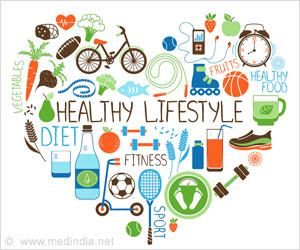“Higher levels of greenness were associated with lower rates of heart conditions and stroke over time, both when an area maintained high greenness and when greenness increased,” said William Aitken of the University of Miami, the US.
‘Among participants who developed a cardiovascular condition during follow-up, those in high greenness areas developed 4 per cent fewer new diseases compared with those in low greenness blocks.’
“It was remarkable that these relationships appeared in just five years, a relatively short amount of time for a positive environmental impact,” Aitken added.
For the study, the team included 2,43,558 US Medicare beneficiaries aged 65 and older who lived in the same area of Miami from 2011 to 2016.
Medicare records were used to obtain the incidence of new cardiovascular conditions during the five-year study including heart attack, atrial fibrillation, heart failure, ischaemic heart disease, hypertension and stroke/transient ischaemic attack.
Satellite images were used to assess the amount of visible and near-infrared (i.e. invisible) sunlight reflected from the Earth’s surface. Chlorophyll from plants typically absorbs visible light and reflects near-infrared light, so measuring both indicates the amount of vegetation.
The greenness of city blocks was then classified as low, medium or high.
Participants were categorized based on whether they lived in low, medium or high greenness blocks in 2011. The process was repeated for those same residents and the greenness of their blocks in 2016.
The team analysed the odds of developing any new cardiovascular disease, and the number of new cardiovascular conditions, based on block-level greenness.
Source: IANS



